Blog
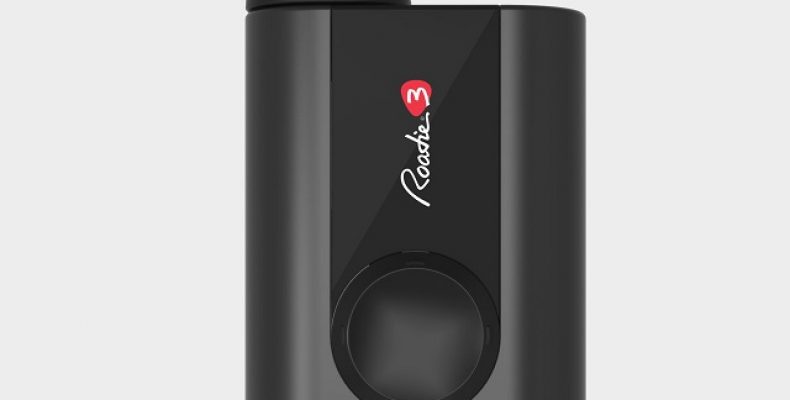
Best Guitar Tuner- Buying Guide in 2022
How to find a best Guitar tuner? is every ones question and hope this post will give you a better answer for it. Nowadays art and musical instruments are part of our daily lives. One without the other, humankind and music will not work. Whatever it is, or how small or big, we have the consuming urge to make. Communication with music, whether to create it or to take joy in it, is possible.
In our lives, humans have often considered music essential, whether it’s for the pleasure of listening, emotional experience, success, or development. For popular music or modern concert music, it is no special. Such songs and instruments have enormous importance for our culture; furthermore, the dilemma we always acknowledge throughout this area is that this instrument is little understood and thus undervalued.
Know Your Guitar?
A plucked string instrument musical instrument that possibly emerged in Spain at the beginning of the sixteenth century comes from the Latin term guitar, a middle ages instrument with a waisted frame as well as four strings. With something less prominent waist, the earliest guitar was shorter and deeper than with the current guitar. These strongly connect to the vihuela, an instrument throughout the form of a guitar used in Spain rather than a lute.
Originally, a guitar has 4 string levels, three dual, and the highest course single, which ran from some kind of violin-like practical aspect to a tension bridge fixed to a soundboard, or chest hence, the structure maintained the strings’ strong pull. A round soundhole used to be in the belly, frequently ornamented with either a crafted wooden flower. C-F-A-D’ match to the 16th-century guitar, tuning of a center four lute as well as vihuela courses.
There were many improvements to the guitar from the 16th to the 19th centuries. After 1600, some musicians introduced a new string sequence; another course was introduced in the mid-1800s. A double course was replaced around 1800 by individual strings tuned to E-A-D-G-B-E, always the normal tuning.
Tuning with a Rockmount Tuner
For any student or experienced guitarist who needs to preserve a real and cohesive tone for guitar riffs and specific notes, a proper tuner is important. A guitar could derail a rather outstanding performance that would be even marginally out of rhythm, and therefore best players focus on precise tuning with a rockmount tuner.
A guitar tuner is indeed an instrument that monitors the rhythms generated around an acoustic guitar or perhaps an electric guitar through strings. It then fits certain dimensions on a scale of notes. The tuner would show the name of the tone through a Display panel unless the pitches meet a specific note.
Everything You Need To Know About Guitar Tuner
It’s natural to feel disappointed while learning how to play the guitar whenever you pluck a chord and then it all sounds slightly weird, well, incorrect. Even though this is occasionally due to inaccurate technique, since the guitar has not been in tune, it is much more frequently that mistakes occur. A guitar tuner is indeed an important tool, especially when taking all the first moves because you need to realize that this is because of yourself, and isn’t because of the instrument, this the reason your playing doesn’t sound correct. There is a large selection of various guitar tuners available, Therefore we provide a guide to all different types of tuners to help keep things simple.
To adjust the tuning of your guitar or your instrument to a particular tuning, people often use a tuner. Because of temperature, atmospheric pressure, and because of stretched strings, many instruments change pitch with time. In such a quint or quart tuning, a guitar usually tunes, therefore it sounds off when one or more strings are out of rhythm.
Types of Guitar Tuners
1. Non-Chromatic Tuner and Chromatic Tuners
The word “chromatic tuner” will be the first field of possible misunderstanding. On either a number of tuners, you will see this, but not in others. What does that imply? Essentially, in traditional EADGBE adjustment, a non-chromatic guitar tuner equips just to tune a guitar. This indicates that perhaps the tuner would understand that you have been attempting to adjust the string and show how sharper or smooth the string is in comparison to the tone E as you perform. Similar to the closest semitone, a chromatic tuner can display balancing. This means that you really can tune with different guitar tunings using a chromatic tuner, or tuning instruments apart from a guitar. When you’re only ever going to tune to regular guitar tuning, it would be perfect to get a non-chromatic tuner as it’s a little bit affordable and cheap Nevertheless, a chromatic tuner is much more versatile.
Advantages
- Better tuning
- With better display
- Better adjustments
- More versatile
Disadvantages
- Difficult to understand
- Setting up problems
- Not really popular
2. Tuners Clip-On
The small,’ box’ sort has a mic for modifying and tuning acoustic guitars as well as a socket input for plugging in and tuning electric guitars is the most popular guitar tuner till now. In even a slightly different manner, the clip-on guitar tuners run. This has a built-in touch microphone. It senses extremely low-level noises. A clip-on tuner clips to an electric and acoustic guitar central shaft, as well as the guitar senses, string intensity from the sensations. The benefits of clip-on tuner models are that they’re now very compact and easy, so if you’re performing with an acoustic guitar, you can tune reliably in loud conditions without plugging in with a socket.
Advantages
- Built-in microphone
- Comes with a socket
- Easy grip
- Have great sensing ability
Disadvantages
- Expensive
- Not easy to cope with
- Needs electricity to work
- Very confusing
3. Tuners Pedals
So while clip-on guitar tuners can be much more convenient for acoustic guitar performers, pedal tuners are for all of those guitar players who are using amplifiers to perform electric or electronic guitars. These were all mounted into a frame that is identical to a pedal for guitar effects; it has no designed mic and relies mostly on the performer to insert the guitar with a jack cord straight into it. A pedal tuner does have a jack output, in comparison to a jack input. This is such that this can continuously link to a pedal-board by a player and tuned only by flipping it on as necessary. The sensor will pass directly through the amp even before switching off. These usually include bright screens, making them more likely and easy to use on darker stages, since their designs are with concert scenarios in mind.
Advantages
- Easy and large display for reading
- Can be used online
- Permanently mountable
- Affordable
Disadvantages
- Does not work on an acoustic gig
- Has no built-in microphone
- No specific design
4. Tuners polyphonic
Throughout the world of guitar, polyphonic tuners are indeed a relatively new invention. TC Electronic, including its Polytune pedal, invented the design first. So although standing guitar tuners help the user to tune a guitar single string at quite a time, the performer can sing and play the opened strings and then see the actual tuning of each string at the very same time using a polyphonic tuner. The value of all this is that, without needing to play any chord, a single strum can recognize in which any tuning issues lie. For example, there are some other less common styles of tuners. These include rack tuners which are essentially 19 rack-size tuners. These are built to store in a rack guitar equipment for concert guitarists to hold their entire gear with one protective case, most of the main types of guitar tuners covered by the above.
Advantages
- Always on the board
- Not affected by the noise outside
- Can mute while performing live
Disadvantages
- Expensive
- Takes up a lot of board space
- Requires to use a power outlet
Top 7 Best Guitar Tuners
1. Electronic PolyTune 3 TC
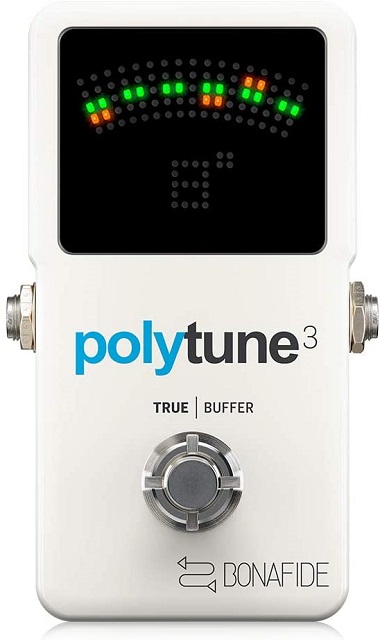 Through polyphonic tuning this helps you to tune multiple strings at once, TC Electronics would be the first brand, as well as its new iteration is the best pedals tuner ever. A constructed bonafide buffer, that gives users the opportunity between several analog buffered bypass and real bypass, modified by inner DIP switches, is the third item throughout the PolyTune sequence.
Through polyphonic tuning this helps you to tune multiple strings at once, TC Electronics would be the first brand, as well as its new iteration is the best pedals tuner ever. A constructed bonafide buffer, that gives users the opportunity between several analog buffered bypass and real bypass, modified by inner DIP switches, is the third item throughout the PolyTune sequence.
For enhancing the signals across powerline adapter runs or wide pedalboards, a buffered bypass would be useful. Moreover, the pedal has the same specifications as that of the PolyTune 2, as well as a super bright LED display, polyphonic including harmonic tuning modes as well as a precise strobe tuner of +/- 0.02 cents.
Pros of Electronic Polytune 3 TC
- Extremely detailed
- Tuning polyphonic
- Buffer Switchable
- Very reliable
Cons Of Electronic Polytune 3 TC
- Expensive
- Not easy to use
- Huge dimensions
2. Micro Tuner D’Addario NS
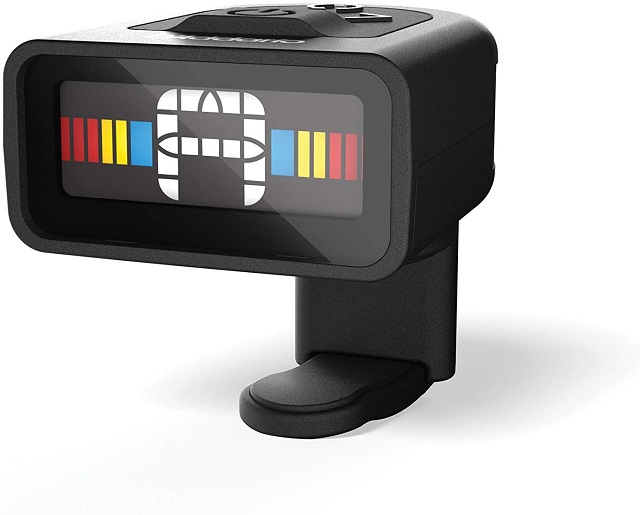 A sound hole tuner does not get any simpler than in this, yet due to a conveniently customizable screen, various tuning modes as well as a visual drum kit, an NS Micro Tuner doesn’t lose flexibility. It is also easy to mount the front and the back of a central shaft of the guitar, which would be invisible to everyone except the very eagle-eyed throughout people in the crowd.
A sound hole tuner does not get any simpler than in this, yet due to a conveniently customizable screen, various tuning modes as well as a visual drum kit, an NS Micro Tuner doesn’t lose flexibility. It is also easy to mount the front and the back of a central shaft of the guitar, which would be invisible to everyone except the very eagle-eyed throughout people in the crowd.
Whether electronic, acoustic, traditional, piano, banjo, mandolin, ukulele, or clarinet, there is just no trouble adapting it to just every head stock tuner. Its discreet look, cheap price, and fast tuning reaction mean it’s the best guitar tuner
Pros Of Micro Tuner D’Addario NS
- Cheap Price
- Faster Tuning
- Amazing outlook
Cons Of Micro Tuner D’Addario NS
- Complicated to use
- Requires electricity
- Visible central shaft
3. Guitar Tuner Korg Pitchblack Advance
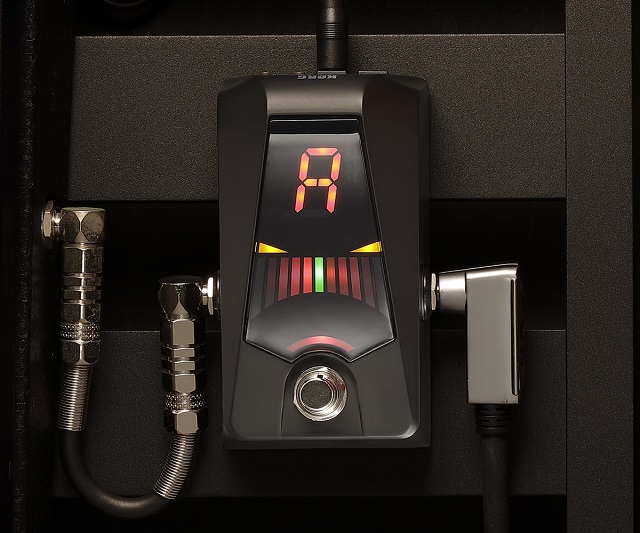 The Advanced pedal tuner is incredibly easy to use in Korg’s creation of their greatest selling Pitchblack tuner, making it the ideal guitar tuner for newcomers. After setting that up, select the choice mode for the show then you’re off. This is the best guitar tuner if you want little other than the simplicity in a sturdy and secure box.
The Advanced pedal tuner is incredibly easy to use in Korg’s creation of their greatest selling Pitchblack tuner, making it the ideal guitar tuner for newcomers. After setting that up, select the choice mode for the show then you’re off. This is the best guitar tuner if you want little other than the simplicity in a sturdy and secure box.
That isn’t to suggest that a handful of bonuses aren’t enough. The Advance’s fine-tune button enables the comparison tuning pitch to conveniently adjust around 436 – 445 hertz. The view button flips through 4 graphics, all of which are very intuitive and simple to understand.
Lastly, the output power drops in. One such pedal allows several pedals to chain to their electrical power supply, decreasing the occurrence of wall warts that you need.
Pros of Korg Pitchblack Advance
- Highly easy to use
- Long lifetime of batteries
- Capabilities of Daisy chain
Cons of Korg Pitchblack Advance
- Not really stylish
- Hard to handle
- Power consumption
4. Super Tight Guitar Tuner Snark ST-2
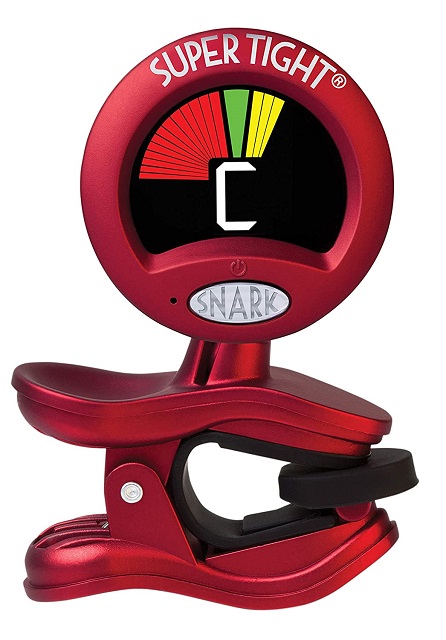 Super tight guitar tuner snark’s ST-2 is for users who want only the bare basics, even though there are some costlier and feature-packed guitar tuners available. The ST-2 is hard to attach, firstly. Attach it to the vibration sensor but in even the noisiest of concerts, it will work perfectly.
Super tight guitar tuner snark’s ST-2 is for users who want only the bare basics, even though there are some costlier and feature-packed guitar tuners available. The ST-2 is hard to attach, firstly. Attach it to the vibration sensor but in even the noisiest of concerts, it will work perfectly.
Secondly, the connection mechanism is sturdy as well as the screen is conveniently angled, a remarkably critical aspect. Whereas on six-string guitars, twelve -strings, mandolins, guitar amps, you get the concept, these types of tuners have to work in among tuning machines. It is indeed worth keeping an ST-2 like that at this minimal price, especially if you just carry everything in a gig bag. This is the finest guitar tuner for anyone on a budget, certainly.
Pros Of Super Tight Snark ST-2
- Fits for bass, guitar, and much more
- Tune with a microphone or vibration monitor
- A convenient onboard metronome
Cons Of Super Tight Snark ST-2
- Unspecified accuracy and tuning spectrum
- Expensive
- Confusing
5. Guitar Tuner Korg AW-OTG POLY
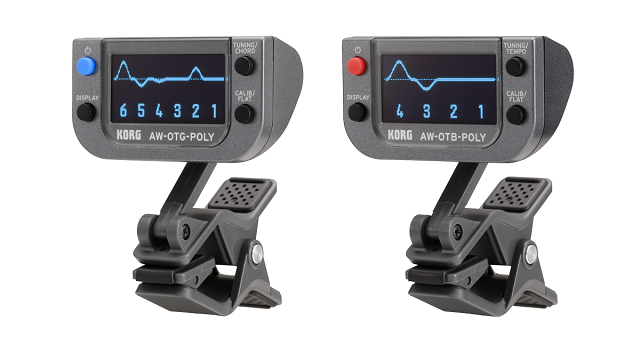 For smoother viewing at all angles, the AW-OTG POLY guitar & AW-OTB-POLY bass feature OLED displays, whereas the polyphonic feature helps you to sing and play all strings simultaneously verifies if they’re in tune. Precision is down by 0.1 cents, although that estimate has been further improved by a strobe tuner function.
For smoother viewing at all angles, the AW-OTG POLY guitar & AW-OTB-POLY bass feature OLED displays, whereas the polyphonic feature helps you to sing and play all strings simultaneously verifies if they’re in tune. Precision is down by 0.1 cents, although that estimate has been further improved by a strobe tuner function.
Other capabilities have included an 18-hour battery capacity of one AAA, including “to make tuning pleasant” alternate tuning graphics – like a slot machine, rolling pins as well as a show in the form of a heart rate monitor. Also, there is a Chords Scanner, which senses and shows on the screen which chord you are playing.
Pros of Korg AW-OTG POLY
- Tuning polyphonic
- A great lifetime of batteries
- Role of Chord Finder
- Animated modes for kids which are enjoyable
Cons of Korg AW-OTG POLY
- Expensive
- Not easy to use
- More power consumption
6. StroboStomp HD Tuner by Peterson
 The range of pros hunting for the best quality hardware has always been Peterson strobe tuners, however 2019 has seen the business announce what it claims to also be the ‘absolute pedal guitar tuner the StroboStomp HD.
The range of pros hunting for the best quality hardware has always been Peterson strobe tuners, however 2019 has seen the business announce what it claims to also be the ‘absolute pedal guitar tuner the StroboStomp HD.
You can notice either real or buffered bypass types with a function set well above any of their competitors, including 135 ‘amazing tunings-micro-adjusted guide tuning points tailored for several instrument styles and modified chords. You can also save settings of your own.
And only the most reliable tuners can indeed practice this degree of a nerdish tweaker, as the StroboStomp HD has 0.1 % precision.
Pros of StroboStomp HD tuner by Peterson
- Clear even in bright light, the LCD screen
- 135 tuning adjustment options’
- Modes of Accurate and buffered output
Cons of StroboStomp HD tuner by Peterson
- Very costly
- Not understandable
- Overpower consumption
7. Motorized Tuner Roadie 3
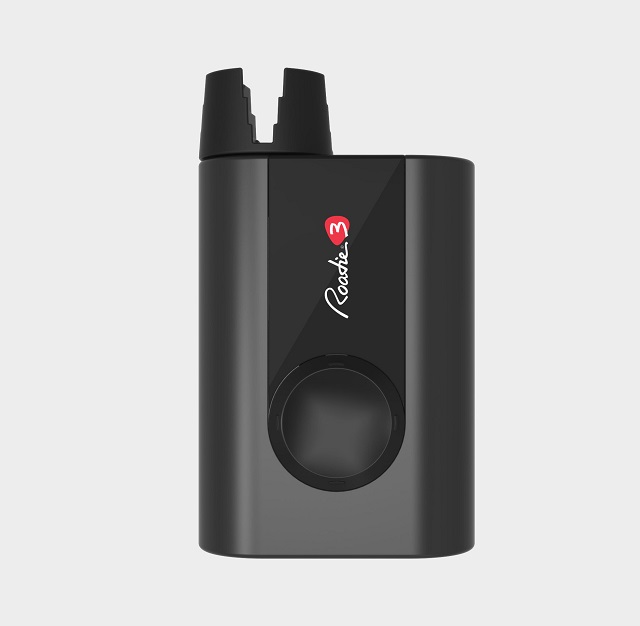 Not all electronic guitar tuners require power consumption and roadie 3 is mainly for guitarists. To find out the intensity of a line, the Roadie 3 utilizes the vibration sensors and instead changes this to a predefined tone. Only select a machine head, then let the extra effort handle from your very own roadie, through until 120rpm.
Not all electronic guitar tuners require power consumption and roadie 3 is mainly for guitarists. To find out the intensity of a line, the Roadie 3 utilizes the vibration sensors and instead changes this to a predefined tone. Only select a machine head, then let the extra effort handle from your very own roadie, through until 120rpm.
If that is not enough to convince you with fully digital tuning, note that Roadie 3 arrives fitted including over Hundred tuning presets developed. Accessing these through the use of the aboard LED panel is about all you need to do. To help you achieve timing issues a distant memory, Roadie 3 seems to have an incorporated metronome, as well as an upgraded peg adapter, which ensures it can accommodate much more instruments.
Pros of Motorised Tuner Roadie 3
- Cutting out the difficulty of tuning
- Appropriate for ukuleles, guitars, mandolins,
- More specific tuners are available,
Cons of Motorised Tuner Roadie 3
- Requires Bass Version for Bass Guitar
- Costly
Best Guitar Tuner Apps
1. Fender Tune
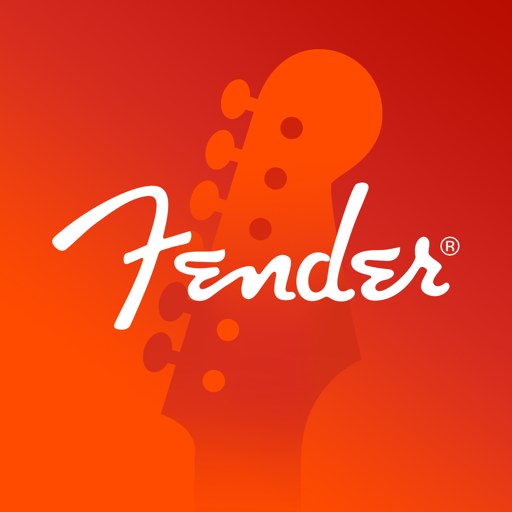 Fender Tune is indeed an interface app to adjust the guitars through guitar manufacturer Fender. The app supports four adjustment settings, including auto modes, the manual, chromatic method as well as pro tuner mode. Several tuning presets, like regular (EADGBE), Full G, Fall D, Open D, as well as Drop C, can be selected.
Fender Tune is indeed an interface app to adjust the guitars through guitar manufacturer Fender. The app supports four adjustment settings, including auto modes, the manual, chromatic method as well as pro tuner mode. Several tuning presets, like regular (EADGBE), Full G, Fall D, Open D, as well as Drop C, can be selected.
2. Guitar Tuna
 GuitarTuna is also an application for guitar tuners which is commonly popular, so for a good purpose. It provides over Hundred tunings, including regular, drop-D, open tunings, partially step down, drop-A, 7-string tunings & 12-string tunings. With greater accuracy, the software even boasts background sound cancellation software. The robust support for tools is one-way. GuitarTuna stands out among the rest apps.
GuitarTuna is also an application for guitar tuners which is commonly popular, so for a good purpose. It provides over Hundred tunings, including regular, drop-D, open tunings, partially step down, drop-A, 7-string tunings & 12-string tunings. With greater accuracy, the software even boasts background sound cancellation software. The robust support for tools is one-way. GuitarTuna stands out among the rest apps.
It also promotes folk instruments including Mandolin & Balalaika, which would be a good touch that will be welcomed by musicians around the globe. And users can make in-app purchases or GuitarTuna Pro upgrades to access rare equipment. The app connects to games for studying and practicing chords, in addition to tuning.
3. Pano Tuner
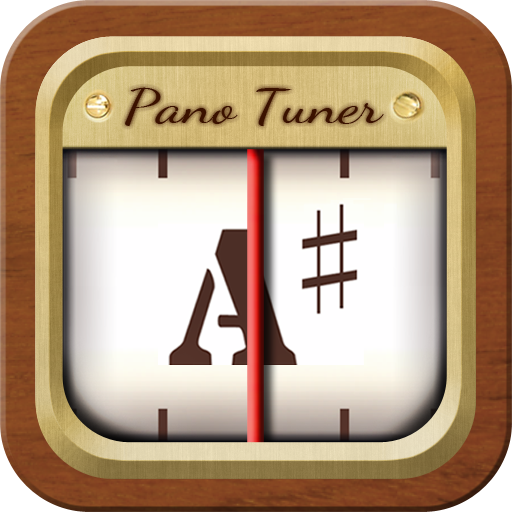 Pano Tuner gives the user an accurate and simple experience, keeping it fun for beginners. Whenever it refers to tracking, it is indeed a chromatic tuner and therefore is reasonably precise. Pano Tuner seems to be the favorite app for a lot among guitarists due to its simple approach. To delete commercials, you can buy the complete version and allow non-standard tunings like Pythagorean.
Pano Tuner gives the user an accurate and simple experience, keeping it fun for beginners. Whenever it refers to tracking, it is indeed a chromatic tuner and therefore is reasonably precise. Pano Tuner seems to be the favorite app for a lot among guitarists due to its simple approach. To delete commercials, you can buy the complete version and allow non-standard tunings like Pythagorean.
4. Pitched Tuner
 All chromatic & instrument tune modes are given by the Pitched Tuner. To test the pitch, you can use a tuner needle and a dial. The sound sensitivity, tune pitch, notes name, including app theme customization can be described. You may tune the guitar, banjo, violin, flute, mandolin, and so on in the instrument tuning mode. Besides, by updating to the complete version of the app, users can identify custom tunings and delete advertisements.
All chromatic & instrument tune modes are given by the Pitched Tuner. To test the pitch, you can use a tuner needle and a dial. The sound sensitivity, tune pitch, notes name, including app theme customization can be described. You may tune the guitar, banjo, violin, flute, mandolin, and so on in the instrument tuning mode. Besides, by updating to the complete version of the app, users can identify custom tunings and delete advertisements.
5. Guitar Tuner Pro
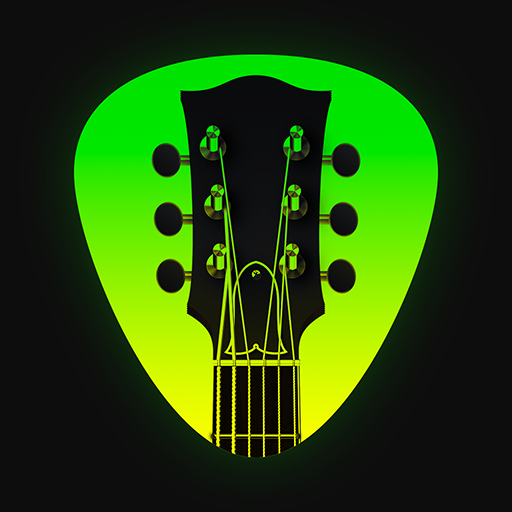 A common chromatic tuner that provides all of the functionality you need in a single package is the Pro Guitar Tuner. This app provides over 100 tunings, as well as the ones you use most often will be preferred. For easy entry, the tunings split into groups. You can remove advertisements from the app and unlock advanced settings.
A common chromatic tuner that provides all of the functionality you need in a single package is the Pro Guitar Tuner. This app provides over 100 tunings, as well as the ones you use most often will be preferred. For easy entry, the tunings split into groups. You can remove advertisements from the app and unlock advanced settings.
6. G-Strings
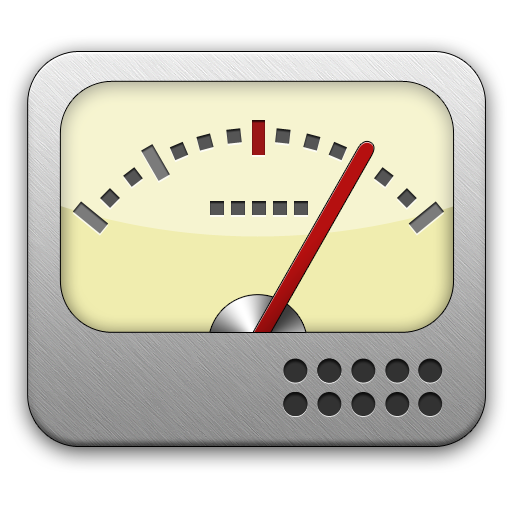 G-Strings is indeed an app that is unique to Android, unlike other applications mentioned on another site. You can tune your violin, harmonica, marimba, ukulele, cello, bassoon, and double bass with this tool. There is a needle on the app to indicate the intensity. It is important to remember that a customized tuning setting can be specified without the need for a premium subscription. This software comes with a collection of temperaments designed and also provides custom temperaments.
G-Strings is indeed an app that is unique to Android, unlike other applications mentioned on another site. You can tune your violin, harmonica, marimba, ukulele, cello, bassoon, and double bass with this tool. There is a needle on the app to indicate the intensity. It is important to remember that a customized tuning setting can be specified without the need for a premium subscription. This software comes with a collection of temperaments designed and also provides custom temperaments.
7. Tuner Cifra Club
 Another application that you can use to tune your guitar is the Cifra Club Tuner. This app has both a sleek interface as well as includes musical games to allow you to better play your guitar. While the app provides some instruments, the free edition limits you to a single guitar.
Another application that you can use to tune your guitar is the Cifra Club Tuner. This app has both a sleek interface as well as includes musical games to allow you to better play your guitar. While the app provides some instruments, the free edition limits you to a single guitar.
To gain tunings for many other instruments, accuracy and noise filters, and a white theme, users will have to buy a monthly or annual Cifra Club Pro membership. The premium membership also prevents banner advertising shown on the main page of the app.
8. Carltune
 Another chromatic tuner worthy of tuning several instruments is indeed the CarlTune. The home screen of CarlTune provides a view of data consisting of pitch, octave, note, staff, keyboard, and ± cents. Users can even use the color scheme to adjust the background color, be using this software in landscape mode, or change the notation, and so far as customization goes.
Another chromatic tuner worthy of tuning several instruments is indeed the CarlTune. The home screen of CarlTune provides a view of data consisting of pitch, octave, note, staff, keyboard, and ± cents. Users can even use the color scheme to adjust the background color, be using this software in landscape mode, or change the notation, and so far as customization goes.
Best Guitar Tuner Buying Guide
While purchasing a guitar tuner there are several factors and things you need to consider and choose the best for you. Below are some of the most important factors to consider when buying a tuner for yourself:
Speed and Accuracy
Speed and accuracy are the most important factors to consider when buying a tuner for yourself. Nobody would want to wait for a long period just to tune their guitar. Plus, when performing live, you will want to tune fast so you don’t keep your audience waiting. And the measurements must be accurate, or else the whole process becomes useless.
It is essential to remember that, up to a degree, precision is important. Guitar fretboards are inconsistent and you just can’t have a fully balanced guitar around the fretboard. The way you play often affects your pitch, meaning that as you play it, even a completely in-tune guitar will sound out of pitch based on how strongly you press down on the frets.
Acoustic Guitars without Pickups
You need a tuner that captures vibrations directly, such as clip-on or soundhole tuners. Or one that has a built-in or attachable speaker, such as a portable tuner. This is because you can’t connect acoustic guitars without pickups into a tuner.
Electric or Acoustic Guitars with Pickups
With electric or acoustic guitars with pickups, you can use all forms of tuners (other than soundhole tuners on electric guitars). The majority of guitarists use clip-on or pedal tuners in this case.
Chromatic Tuning Mode
If you use non-standard tunings, such as DADGAD., you would either require a tuner that has special tuning modes that fit the alternates you use, or you will normally need one that supports chromatic tuning. There are several alternates pre-programmed for certain more costly tuners, and some will help you build user presets.
Silent Tuning
You can switch your guitar’s volume down with clip-on tuners so they pick up the vibrations directly from your headstock. There are mute options for Pedal tuner and Rack tuner. Silent tuning is a plus point because it makes the whole tuning process more convenient.
Versatility
Usually, a handheld tuner has both built-in mics and a 1/4-input that you can connect in to operate for nearly any kind of musical instrument. Working for most fretted instruments, clip-ons are often very versatile and some also operate for non-fretted stringed instruments and some even with brass instruments.
What Should You Look in a Tuner
Most tuners have numerous useful features, but one feature that you should look for in a guitar tuner is true bypass. A true bypass feature prevents any tone coloring and allows you to restore 100% of your sound into the amplifier.
A Tuner App in Mobile
The simplest and most convenient way to tune a guitar is potentially to use a tuner-app or an electric tuner. The tuner tracks the tone you are playing and shows the tone that sounds similar to what you are playing automatically. Tightening or loosening the string until it reaches the right note is the only thing you have to do. Electric tuners typically perform well when they have a vibration sensor installed within them than a tuner app. The software just uses your device’s microphone.
Normal Tuners
A normal tuner is also an electric tuner in particular, and it usually has more options. The guitar should be inserted by a wire into the tuner, which causes the signal to be much higher. Apart from that, many regular tuners still have built-in metronomes.
Frequently Asked Questions
Q: What is a guitar tuner?
A: A guitar tuner is an instrument that determines the frequencies produced by the strings of different types of guitars. After that, the tuner aligns the frequencies on a scale and if they correlate with a note, they will show up on the LED display.
Q: What does a guitar tuner do?
A: A guitar tuner detects the frequency and pitch of musical notes and then displays it on a LED display. Guitarists use a tuner to tune the frequencies of their guitars to a proper frequency. A tuner also helps determine the note of a specific frequency.
Q: How to choose the best tuner?
A: Here’s how to choose the best tuner for your guitar. Firstly, check whether the display or meter on the tuner is LED or LCD. Check whether it has auto pitch detection and special tuning modes. The tuner must equip a microphone or speaker. A bypass or silent tuning feature would also be good to consider.
Q: How to use it perfectly?
A: You can tune a guitar perfectly by following a proper tuning format. Start by tuning the low E string. Then proceed to the A string and following that, the D string. After that, tune the G string, then the B string, and finally the high E string. Now to check whether everything is in tune, play a chord.
Q: What is true bypass mode?
A: With a true bypass pedal, you can activate true bypass mode on your guitar. In this mode, the guitars signal routes straight to the amplifier without any problem, interruption, or any loading effects that a regular guitar pedals cause.
Q: Which is better, buffered bypass or true bypass?
A: With a true bypass, there is no buffering when the pedal is off. Whereas; in the case of a buffered bypass, the buffer continues to operate even when the pedal is off. But a buffered bypass is not a bad thing at all.
Q: Do guitar tuners make a difference?
A: Yes, guitar tuners make a difference. Some guitar tuners are responsible for the guitar slipping out of tune. But this is not always the case. Most often, a guitar tuner won’t make any difference to your guitar’s tuning slipping out.
Q: Can I use my phone as a guitar tuner?
A: You can also use your phone as a guitar tuner. For doing that you will have to download a tuner app. We have mentioned eight of the best guitar tuner apps in this post, you can check them out if you want to tune your guitar with your phone.
Q: Are phone tuners accurate?
A: The frequency indicator should be accurate as long as the sound picks. It is backed up by the device’s inner quartz oscillator at the top. There are, however, several potential glitches and design defects that will make a tuner app unreliable or not at all functioning.



